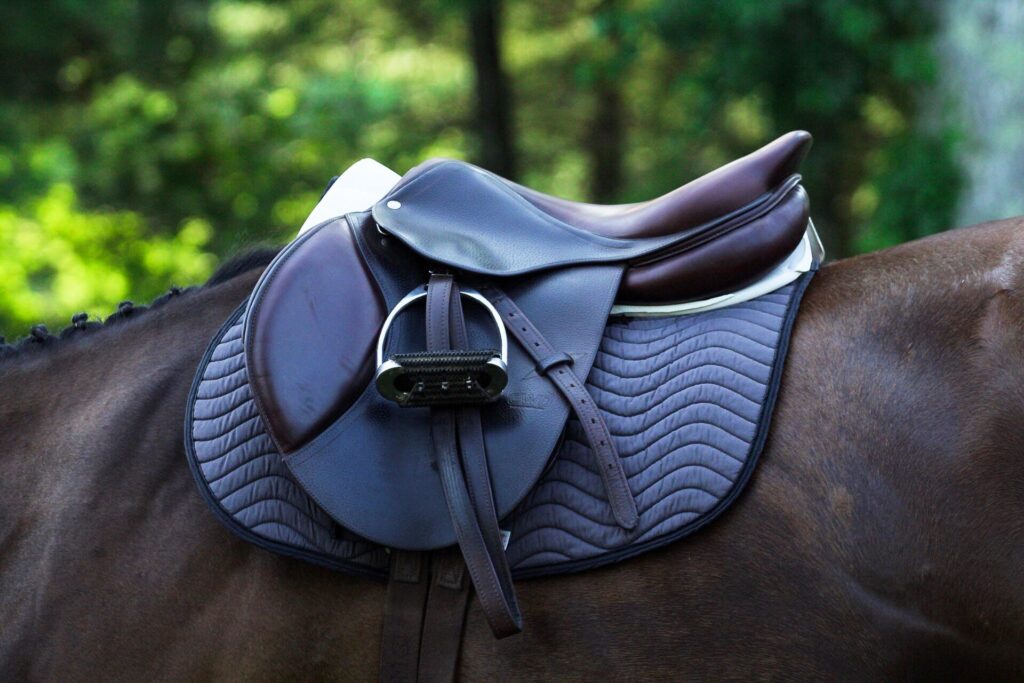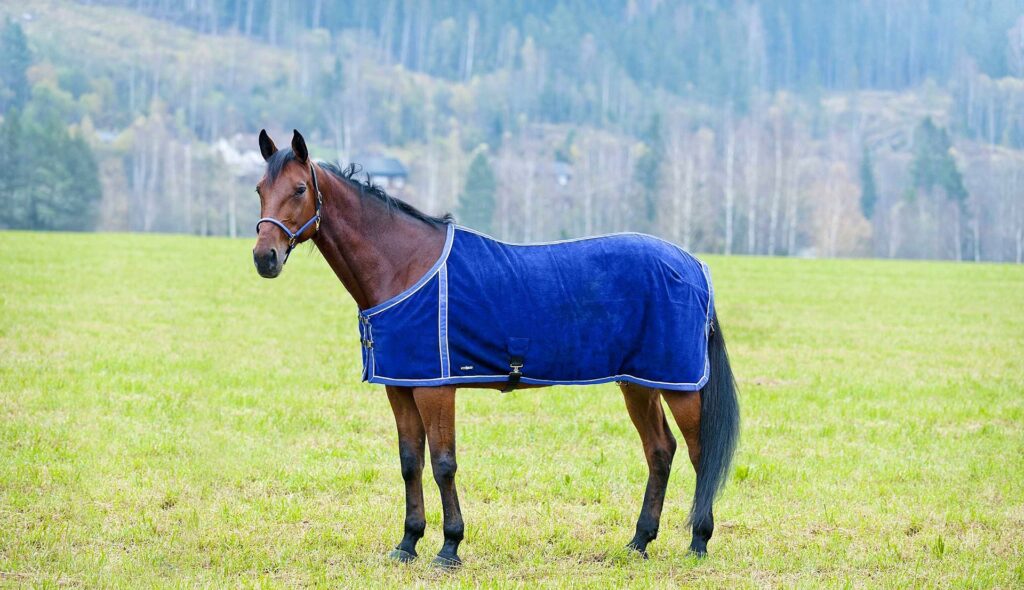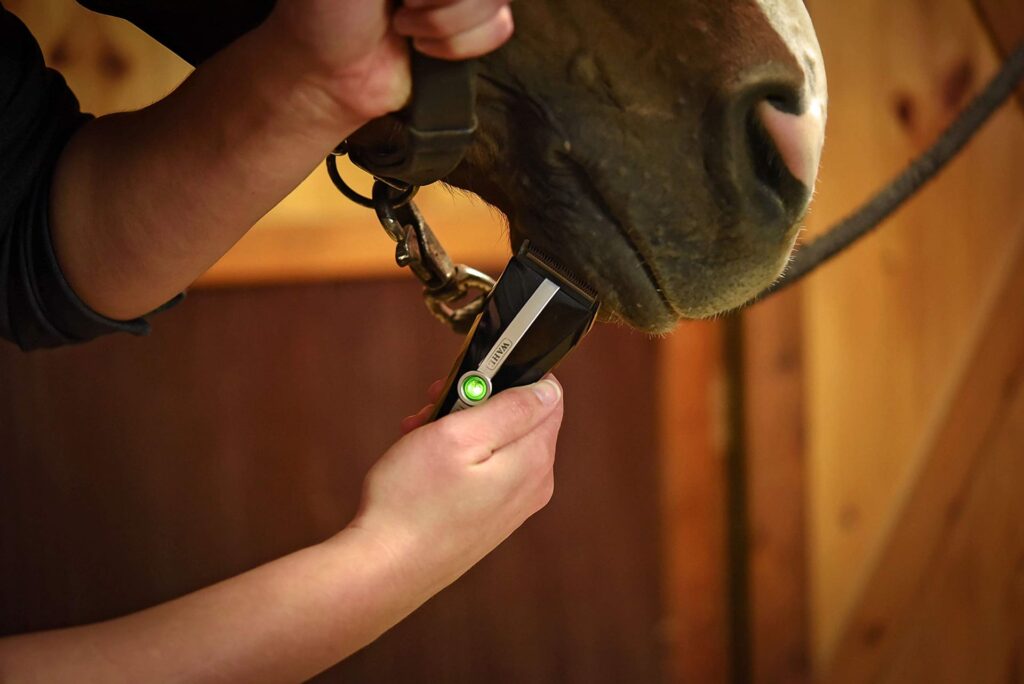
No horse likes to be bridled, especially when the bridle isn’t convenient, or the rider is a rookie. At best, you could get the neigh moan. And at worst, it could raise its fore legs, getting you bucked! Not here to scare you, your horse deserves to be happy. And if you feel they need to have a headgear for better control, care has to be taken in its selection. Anatomical bridles help cancel out the chances of your horse being treated just like a mere beast of burden.
The best anatomical bridle is ergonomically designed to let off the pressure on your horse’s sensitive facial parts without pinching its ears. And what do you get in result? The horse will maintain a natural and unhindered face movement during rides, and will be very comfortable, happy to be led. Would you give this type of headgear a try? We have selected three of the best on the market, focusing on criteria such as the material, size, reins, and padding.
In the making of what we consider as the overall best anatomical bridle on the market, Schockemöhle is a combination of functionality and a sporty design. Made of a combination of three types of materials, the net has an anatomical Swedish noseband and a unique headrest. These parts have been specially adapted to the anatomy of the horse. They do not limit the freedom of moving the ears. There is a reduction in pressure in sensitive areas just around the ganaches and the headrest. The comfort of the horse is, therefore, considerably improved. STANFORD has two fronts: a simple leather front and another with three rows of beautiful crystals.
It has flat sides and has a hook fastening system. For a better comfort level, it is adjustable on both sides. Meanwhile, reins are not provided with this bridle. However, it comes with padding.
The second recommended item on our list is the HORZE Highbury Anatomical Crystal Dressage Bridle, which is known to offer outstanding value for your money. If you’re working with a budget, this affordable bridle made from soft leather will be a perfect fit. It is designed with a padded nose and crown and metal fittings for durability.
The HORZE Highbury Anatomical Crystal Dressage Bridle is best suited for those looking for versatility. With its pullback closure design, it has different sizes depending on what you’re riding. You can purchase for horse, pony, warmblood, or cob. The only downside here is that the reins aren’t included, so you’ll have to buy those separately.
Color: Australian nut, Havana, black
After encountering a particularly scathing review of a Henri de Rivel Pro bridle, our team decided to get one and see it for ourselves. Our resident tackle experts tell us that functionality and quality of craftsmanship matter most, especially when you consider tack for the ring.
Thsi HDR Pro Anatomical bridle works like others in the same class. It allows full ear movement and keeps away from sensitive facial bones, reducing undue pressure and increasing comfort for your horse.
Being a budget option, however, we did encounter some quality issues. The dye and coloring was inconsistent, while some parts that should have been stitched up were simply glued together.
None of these was a deal-breaker, though, since Glo (one of the horses who agreed to test and give feedback on a range of bridles for us in exchange for treats) seemed to love it.
Fitting like a glove, just like the first product, Schockemohle, also ensures the Concord Anatomic Snaffle Bridle has a functional performance and sporty look. It is made available in black leather and silver crystal browband. The bridle has an anatomic shape. The noseband has an English-combined noseband with a specially made neckpiece design. The various bridle parts have been specially adapted to the horse’s anatomy and do not limit the freedom of movement of the horse’s head features. It considerably reduces pressure and improves comfort in the sensitive areas around the ganaches and the headrest.
It comes with two different browbands at the front: one full-leather front and another one with a crystal decorated chain. The cheekpieces have a hook and a stud. For better ergonomic feeling, the throatlatch can be adjusted at each side.
Anatomical bridles are made to prevent extra pressure on a horse’s facial nerves. But what exactly to look at when purchasing one? With the help of our guide you won’t make a mistake, just read through and be sure that with the bridle you’ll buy your horse will be happy.
The bridle is a term for a comfortable harness placed on the head of a horse to steer it. These types of bridles are designed to reduce pressure on the horse’s sensitive facial parts. It provides more comfort and lets it focus while on the move. It is a simple harness that includes only one bit and only one pair of reins (sometimes none). It can be completed by a noseband, which takes more or less different forms. Anatomical bridles have been proven by science to be of great benefit to horses.
In summary, the three elements to take into account before buying an anatomical bridle are the noseband, the headrest, and the bit.
From the materials and color to the reins, paddings, size, price, and warranty, here are features to watch out for in a good anatomical bridle.
As for the material and color, the different straps are most often made of leather. They have various colors such as black, dark brown, or light brown. They can also be adorned with decorative pieces in leather, metal, or sewing, as for example Schockemohle Sports Stanford Anatomical Bridle is decorated with crystals. In endurance, the bridles in nylon, vinyl, or synthetic material are preferred because of frequent watering on races. Also, note that handcrafted bridles are often of better quality than machine-made ones. However, they may be more expensive, depending on the type and quality of the materials.
There’s a wide choice of materials and textures for the reins of the horse. Each rider has his preferences in terms of texture, thickness, and flexibility of the reins. Whether braided leather, rubber, or fabric, everyone must find their comfort. This will help you have the best possible grip, and in fact, guarantee good contact with the horses’ mouths. Now there are even reins designed to improve communication and protect the horse’s mouth. They are found in special synthetic materials that have a better grip for the hands. These reins can also be provided with retainers, which serve as markers for the hands. This ensures the length of the reins does not vary. Other reins have an elastic part to soften the actions of the hands. There are also elastics with this same action to adapt to any pair of reins. Finally, as you may have noticed with the products in our review of the best anatomical dressage bridles, not all models come with reins. You may have to choose a product with reins or buy separately.
Besides the quality of their leather, bridles are different from each other, mainly by the noseband. Its function is to limit the opening of the horse’s mouth and therefore reduce:
Depending on their shape, they will be more or less effective, and they will have more or less drawbacks:
The (non)presence of padding does a lot in determining if a material is an anatomical bridle or not. It simply provides comfort. Always found in the parts of the bridle that contact-sensitive parts of the horse head, they are softer in texture. It is usually found around the browband, noseband, and crownpiece. Gel padding is the most effective as far as ergonomics is concerned.
It is important that the size of the uprights corresponds to the horse’s size and that they are not too large for the horse. This will ensure that the closure loops are placed correctly on the horse’s head. At all costs, the curls should not be too high. Otherwise, this will hamper the horse. There are different sizes:
The warranty coverage on the bridle varies according to brands, models, and price levels. Anatomical bridles are a bit expensive. So they must come with full assurance of quality spreading over the product’s first years. The full warranty covers workmanship and protects against defective materials from the day of purchase. We recommend you choose models with minimum of two years of warranty. However, you can find models with up to 5 years.
The price of an anatomical bridle is generally determined by the brand, the material, production technique, and the parts featured. Models with reins cost more. And also, bridles crafted by hand and with high-quality leathers and other noble or elegant materials will definitely cost more. However, a reasonable price range for an anatomical bridle is between 200 to 350 dollars.
In any tack room, there are a multitude of different bridles available to you. But an anatomical bridle will make the difference in terms of your horse’s comfort and well-being. First of all, there are several parameters to take into account in the choice of the bridle. Regardless of your choice, you have to be very careful when using the anatomical bridle. When improperly used (like everything else), it can also be harmful to the horse. We have recommended three of the products on the market. The overall best anatomical bridle and, of course, the Editor’s Choice, is the Schockemohle Sports Stanford Anatomical Bridle. This has a very classic, elegant, and sporty design. The product with the best value is the HORZE Highbury Anatomical Crystal Dressage Bridle which is made with high-quality leather, metal materials, and padding on the nose and crown. It is highly durable and offers more value for your money. The Henri de Rivel Pro Anatomical Bridle is our Budget Pick. Not compromising on quality, it features the padded crown and rubber reins that have excellent grip and are accommodating to soft hands.





